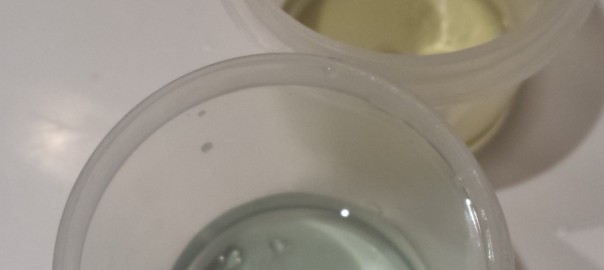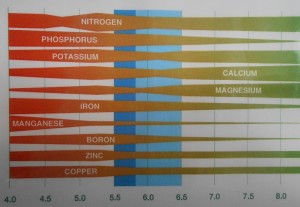Net cups:
Net cups are plastic cups with holes on the sides and bottom. They’re used in many hydroponic systems to suspend a plant over a nutrient solution so that the roots dangle in the solution. The hole to plastic balance is important. Holes should be:
- plentiful enough that roots can exit the cup easily
- small enough that media isn’t falling into the solution
- large enough that the plants roots won’t get choked as they grow
Net cups are sold in hydroponics stores in a few standard sizes:
- 2″: sufficient for smaller plants like herbs or for ground level plants like lettuce.
- 3.5″: can work for tomatoes, peppers, etc.
- and larger baskets
As a general rule, you can get away with a smaller net cup if you will have good support, and you can get away with less support if you have a bigger net cup.
Improvising net cups from household plastics like yogurt cups, pudding cups, etc:
- Clean it inside and out with water and a little bleach, but then rinse very well to remove all residue.
- Choose safe plastics that have a well-defined ‘lip’ and don’t crumple or tear easily.
- Use an X-Acto knife to cut holes or burn holes with a soldering iron (but ventilate the area well!)
- Completely remove any paper or glue residue, it’ll cause mold later! 🙁
- If your holes are a little too big for your media, you can line the cup with plastic netting. (I’ve tried cheesecloth before, it held media well but decomposed quickly and introduced mold to the system.)
Grow bags:
These are commonly made from landscaping fabric, which is a fabric designed to breathe and let water through while being impenetrable to roots. They’re easy to make with a sewing machine. Using grow bags, the bag is filled with media and the whole root system lives in media, unlike with net cups where only the base is in media and the lower roots dangle in air and/or water.
Plants in grow bags benefit from air pruning, so they develop short, dense root systems and can be very well rooted even in a relatively small bag.


